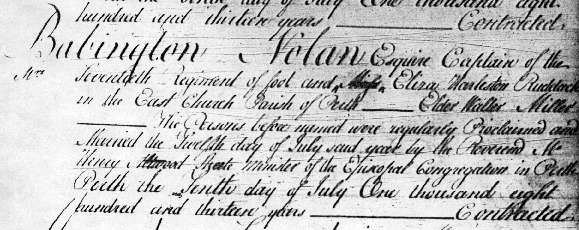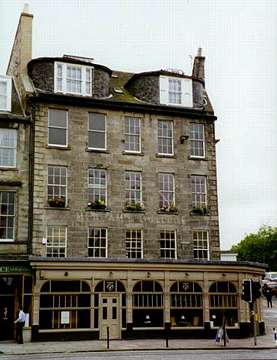
(1818-54) |
.jpg) |

(1818-54) |
.jpg) |


To me it appears we have too much frippery - too much toggery - too much weight in things worse than useless. To a cavalry soldier every ounce is of consequence! I can never believe that our hussar uniform (take which of them you please) is the proper dress in which to do hussar's duty in war - to scramble through thickets, to clear woods, to open the way through forests, to ford or swim rivers, to bivouac, to be nearly always on outpost work, to 'rough it' in every possible manner. Of what use are plumes, bandoliers, sabretashes, sheep-skins, shabraques, & c.?6
Write up in golden letters - or in letters distinguishable, and easy to read - in every riding-school, and in every stable: "HORSES ARE TAUGHT NOT BY HARSHNESS BUT BY GENTLENESS." Where the officers are classical, the golden rule may be given in Xenophon's Greek, as well as in English.7
The knowledge of tactics no more makes the general than the knowledge of the number of syllables required in verses makes the poet. Genius alone can make the poet and the general12
we had a long and interesting conversation [which included discussion of the siege of Sevastopol']. After discussing my afternoon's amusement, I determined on accepting his horse and saddle, with a tiger-skin over the holsters; while he borrowed a pony, and we rode together to see Henry at the camp.14
Lord Raglan wishes the Cavalry to advance rapidly to the front - follow the Enemy & try to prevent the Enemy carrying away the guns - Troop Horse Arty may accompany - French Cavalry is on y. left.
R. Airey
Immediate -
The aide-de-camp, in a most authoritative tone, stated that they were Lord Raglan's orders that the cavalry should attack immediately. I asked him where? And what to do as neither enemy or guns were within sight?
A very base attempt is being made to stifle inquiry...by laying the blame on the late Captain Nolan... Dead men cannot defend themselves; and this fact seems to have suggested the idea of casting blame on a dead and voiceless man in order that the survivors might have no temptation to recriminate on each other.26

Errichtet keinen Denkstein. Laßt die Rose
nur jedes Jahr zu seinen Gunsten blühn. (Erect no gravestone. Let the Rose
every year bloom for his sake.)Rilke, Sonnets to Orpheus, I:5